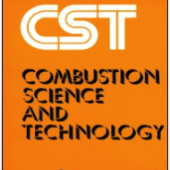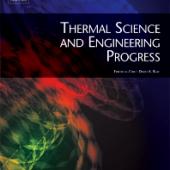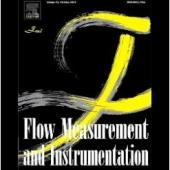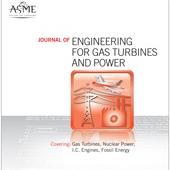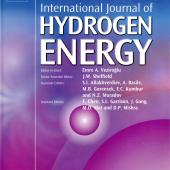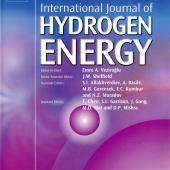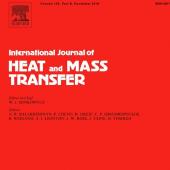Effect of the burner position on an austenitizing process in a walking-beam type reheating furnace
An analysis of the effect of burner location on the performance of a walking-beam type reheating furnace for an austenitizing process is presented in this work. Four configurations were evaluated, where the main difference was the position of four high-speed self-recuperative burners. The analysis was done through computational fluid dynamics (CFD) simulations, using a set of models suitable, and previously validated, to consider combustion, heat transfer, and billet heating, all in a 3D steady-state calculation.




